✥ VISUAL ARTIST, ARTS WRITER, CURATOR,
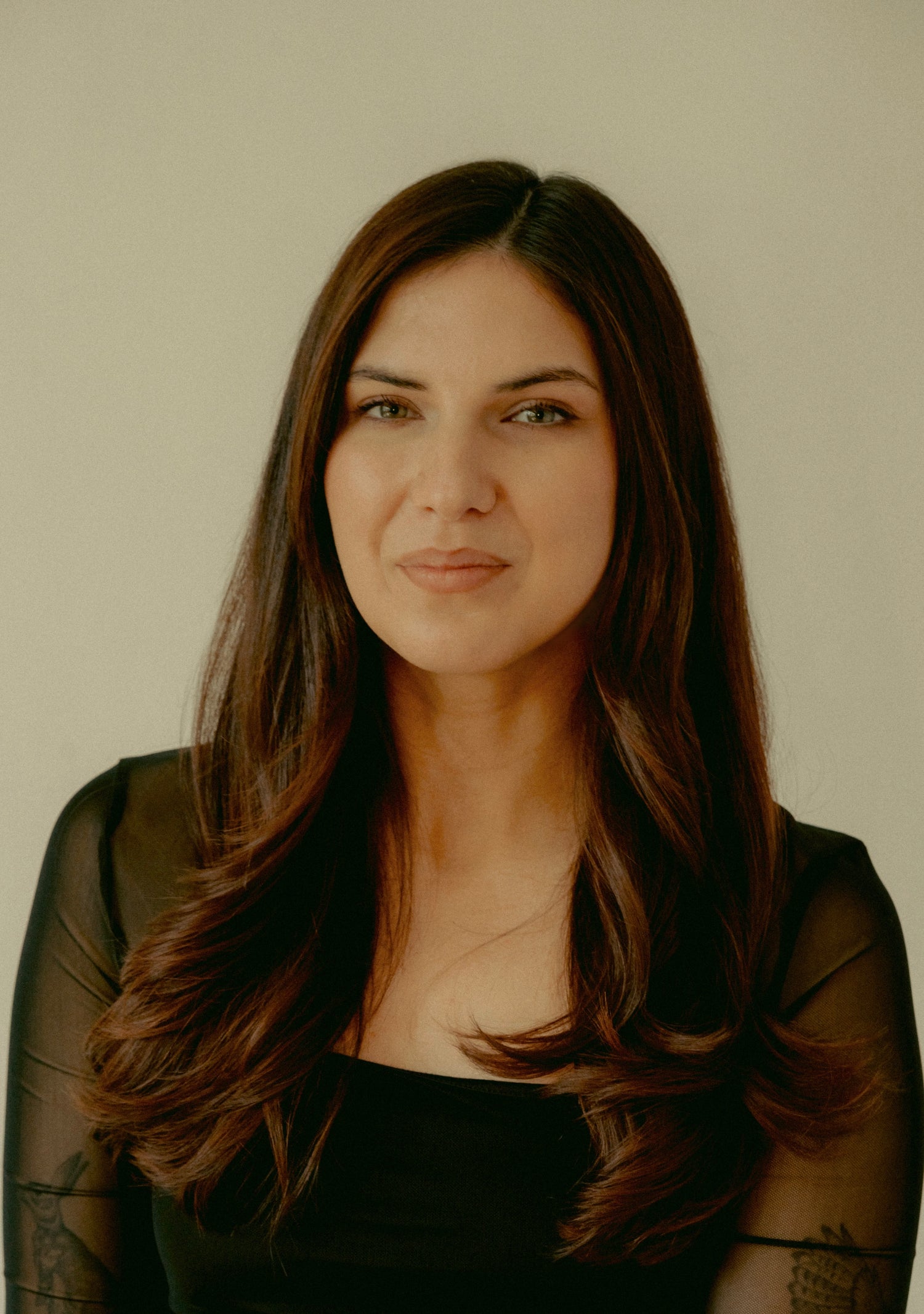
About Emma
Emma Hassencahl-Perley is a Wolastoqey visual artist, curator, and arts writer from Neqotkuk (Tobique First Nation) in New Brunswick. Her multidisciplinary practice—painting, murals, beadwork, and digital illustration—reflects her identity as an ehpit (woman) and a Wolastoqiyik citizen of the Wabanaki Confederacy. Her work explores themes of water, the cosmos, Wabanaki feminisms, and the double-curve motif— a recurring design element in Wabanaki beadwork, porcupine quillwork, birchbark etching, and textiles. This iconography is a visual language symbolizing life cycles, kinship, and nationhood. The Wabanaki double-curve forms the cultural and aesthetic foundation of Emma's practice, bridging ancestral Wabanaki material culture with digital storytelling.
Emma earned her Bachelor of Fine Arts from Mount Allison University in 2017 and completed a Master of Arts in Art History at Concordia University in 2022. She has completed several mural projects across New Brunswick and Maine, and in 2023, was one of four artists selected by Mawi’Art and Hockey Canada to create painted hockey sticks gifted to players at the IIHF World Junior Championship.
Her work has been exhibited nationally and internationally at venues including the Winnipeg Art Gallery, the Portland Museum of Art, the Abbe Museum, SOFA Chicago, and La Biennale d’art contemporain autochtone (BACA).
In addition to her art practice, Emma serves as the Curator of Indigenous Art at the Beaverbrook Art Gallery. As a curator, Emma has led and co-led numerous exhibitions, including Everything is Gonna Be Fine (2018), Carl Beam: one who is brave-hearted (2019), aulajijakka (things I remember) (2020), ehpituwikuwam (2022), Wabanaki Modern (2022), BACA: Creation Stories (2023), and Epekwitk Quill Sisters: Etleoogoeiog (Talking Together) (2024).
Recent Murals and Projects
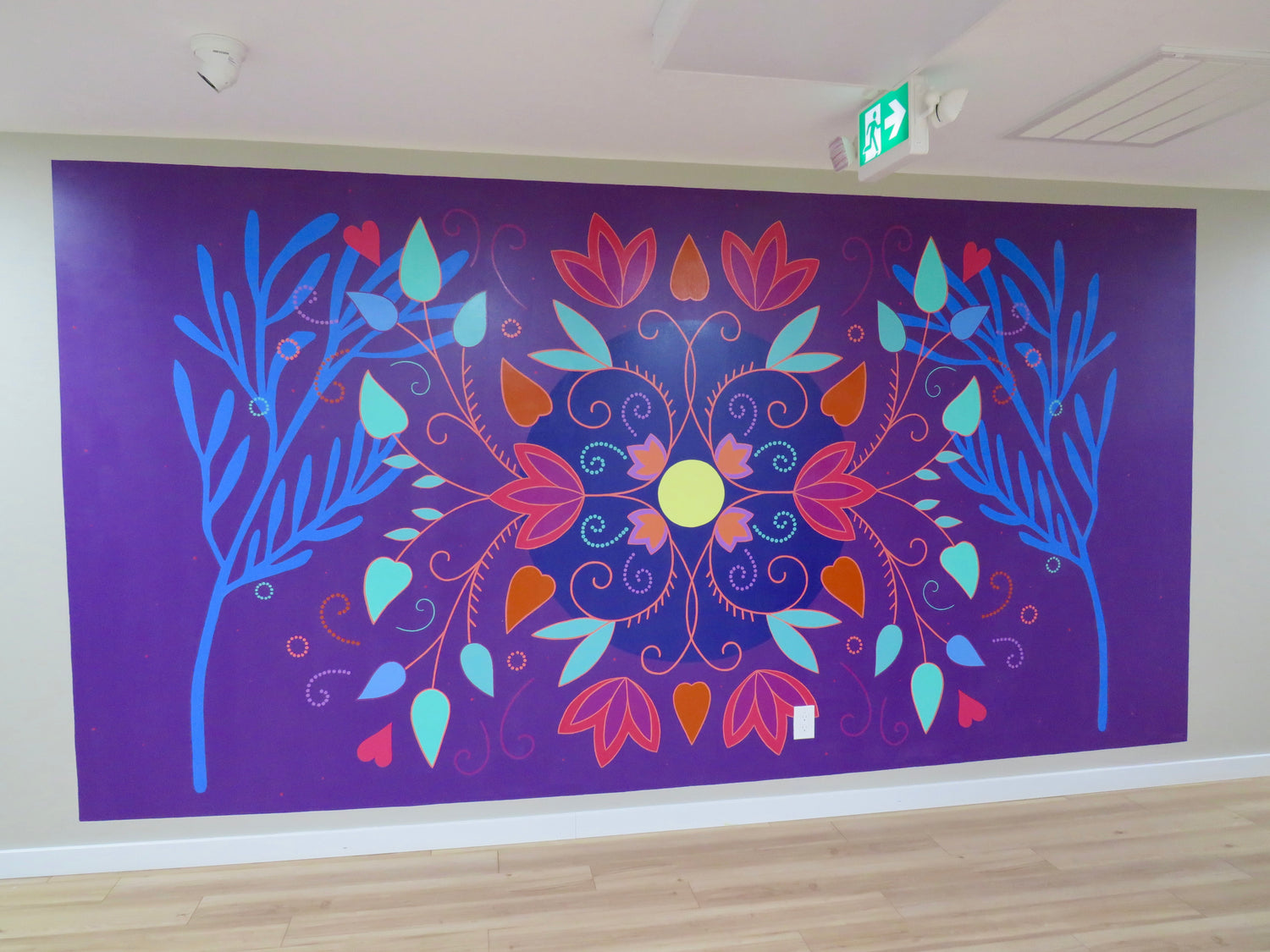
tobique day care
kehkimane knicannuk weci-woli-acehtuhtit skitkomiq (let us teach our children to change the world) (2024)
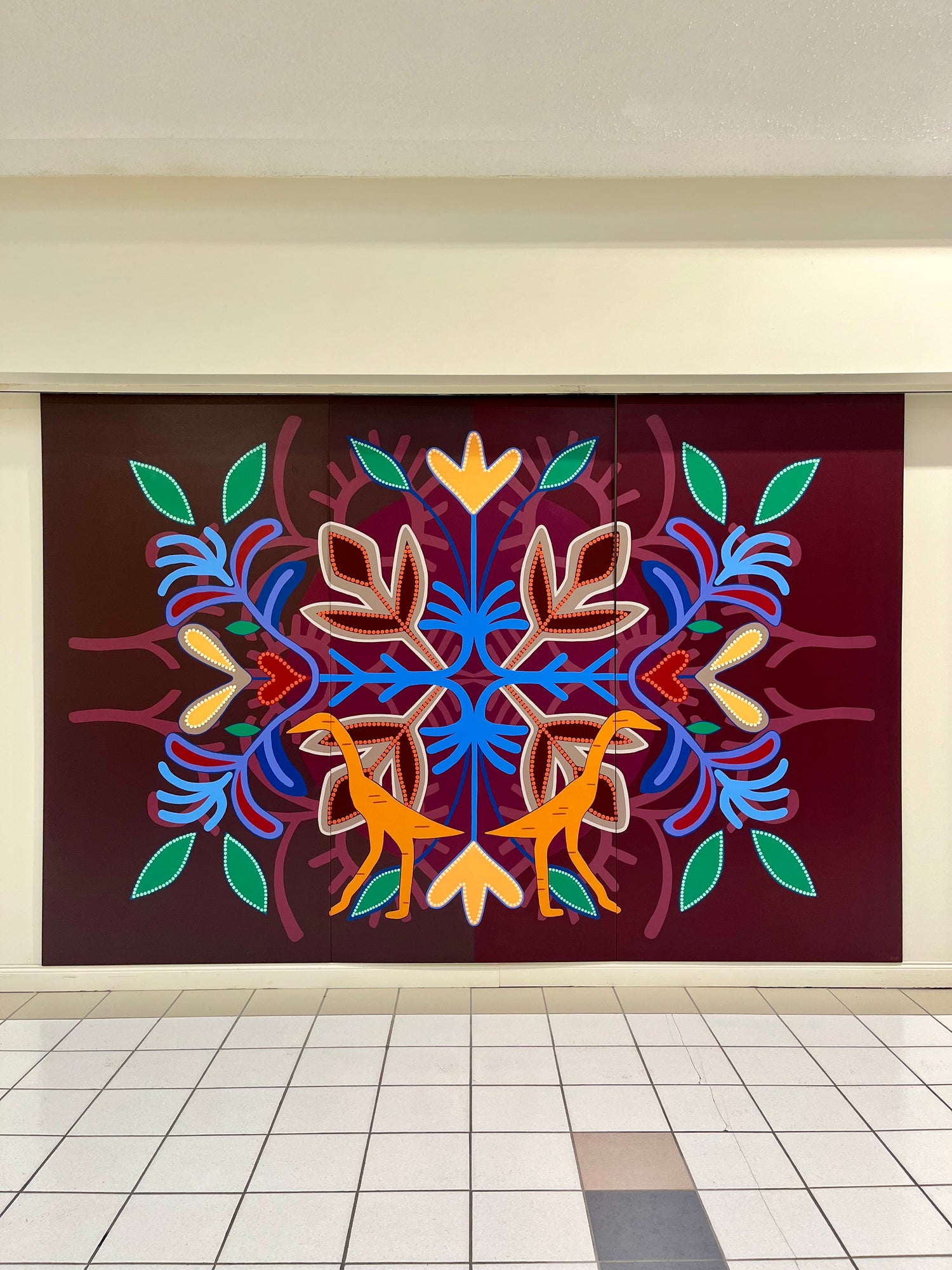
Ulnooweg X jedi x masdtercard foundation
Birds of a Feather, 2024
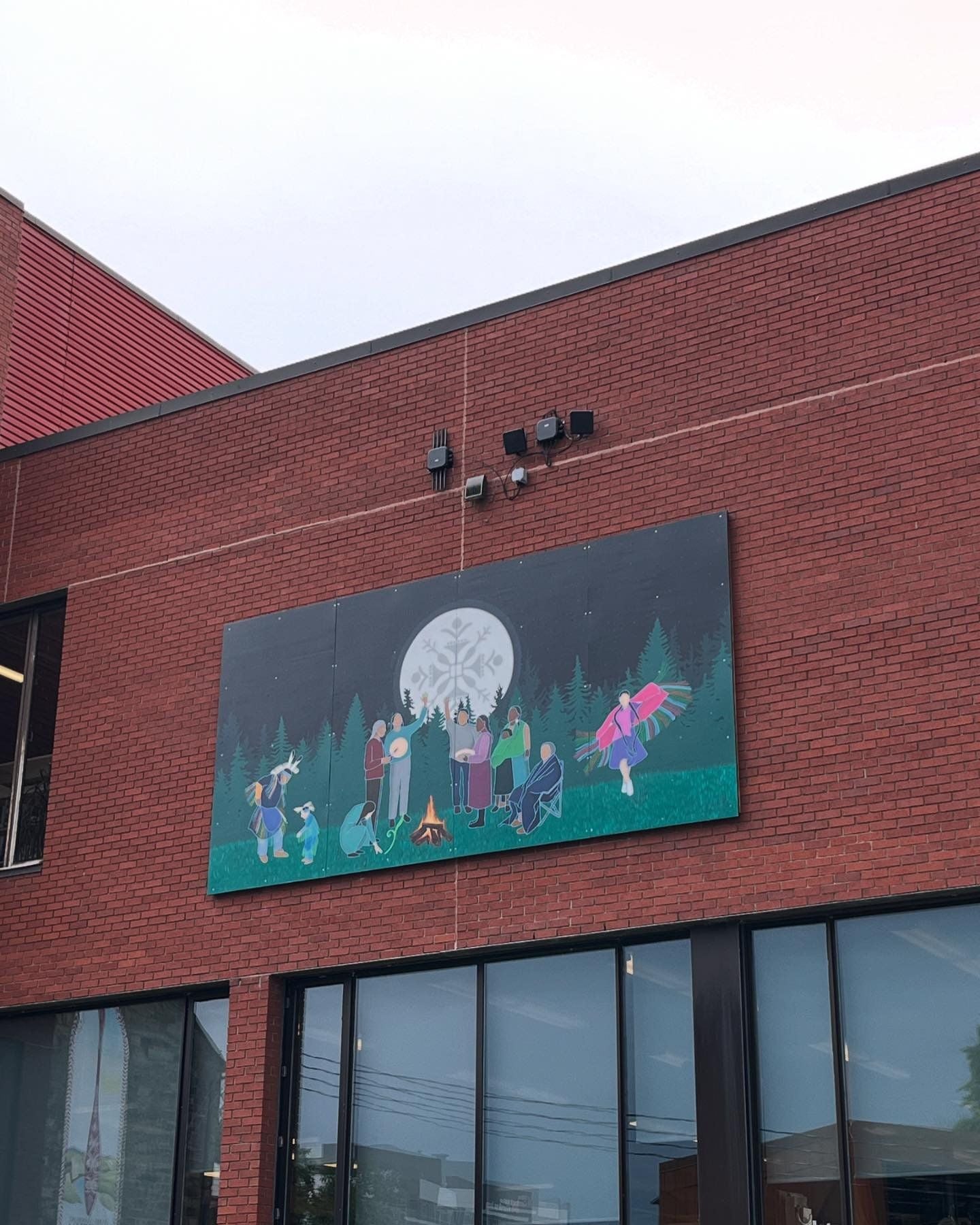
Beyond Behaviour X Fredericton public library
mawiyamok (a gathering), (2024)
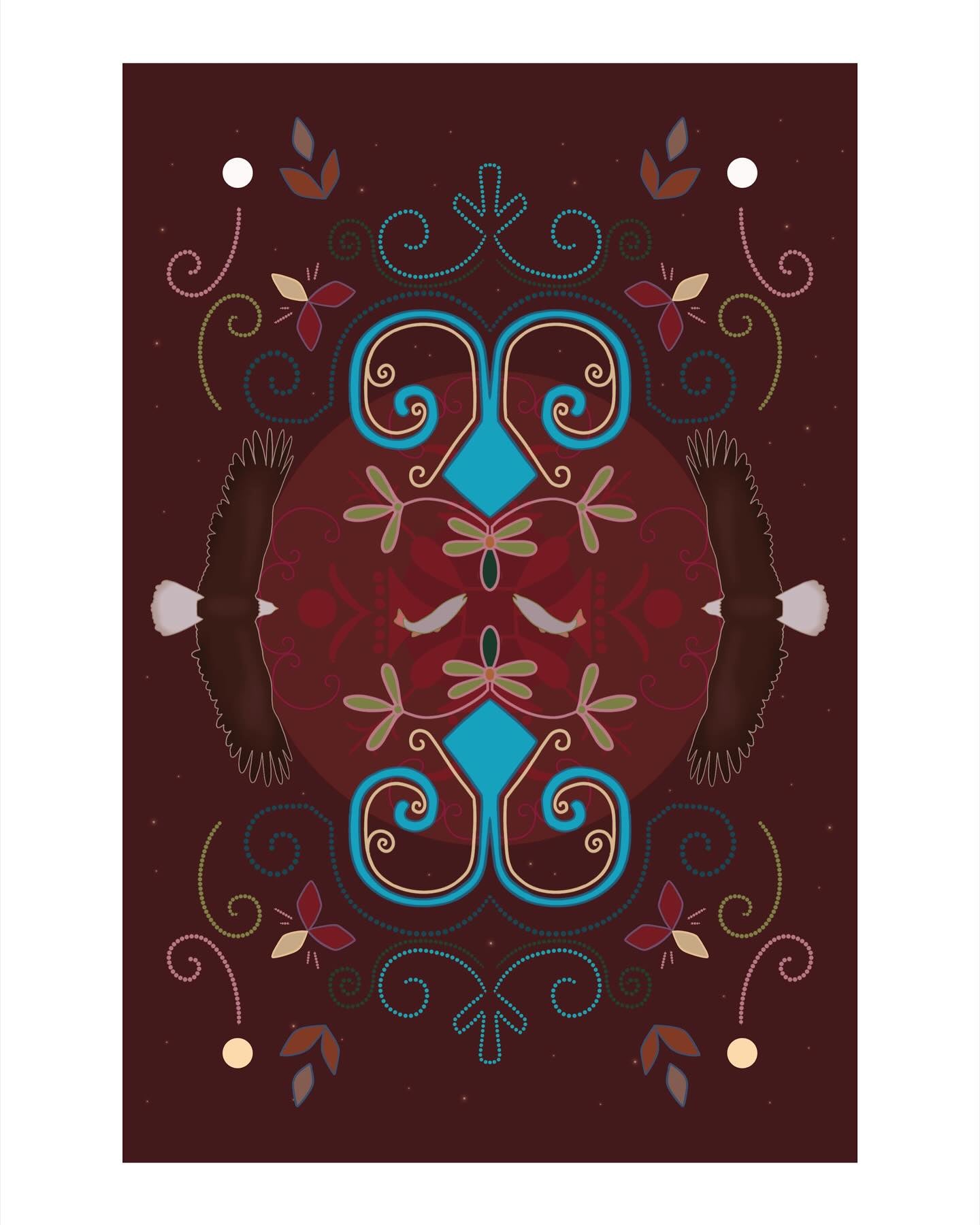
SAINT JOHN CITY HALL COMMISSION
Menahqesk (where the sea takes the land), (2024)
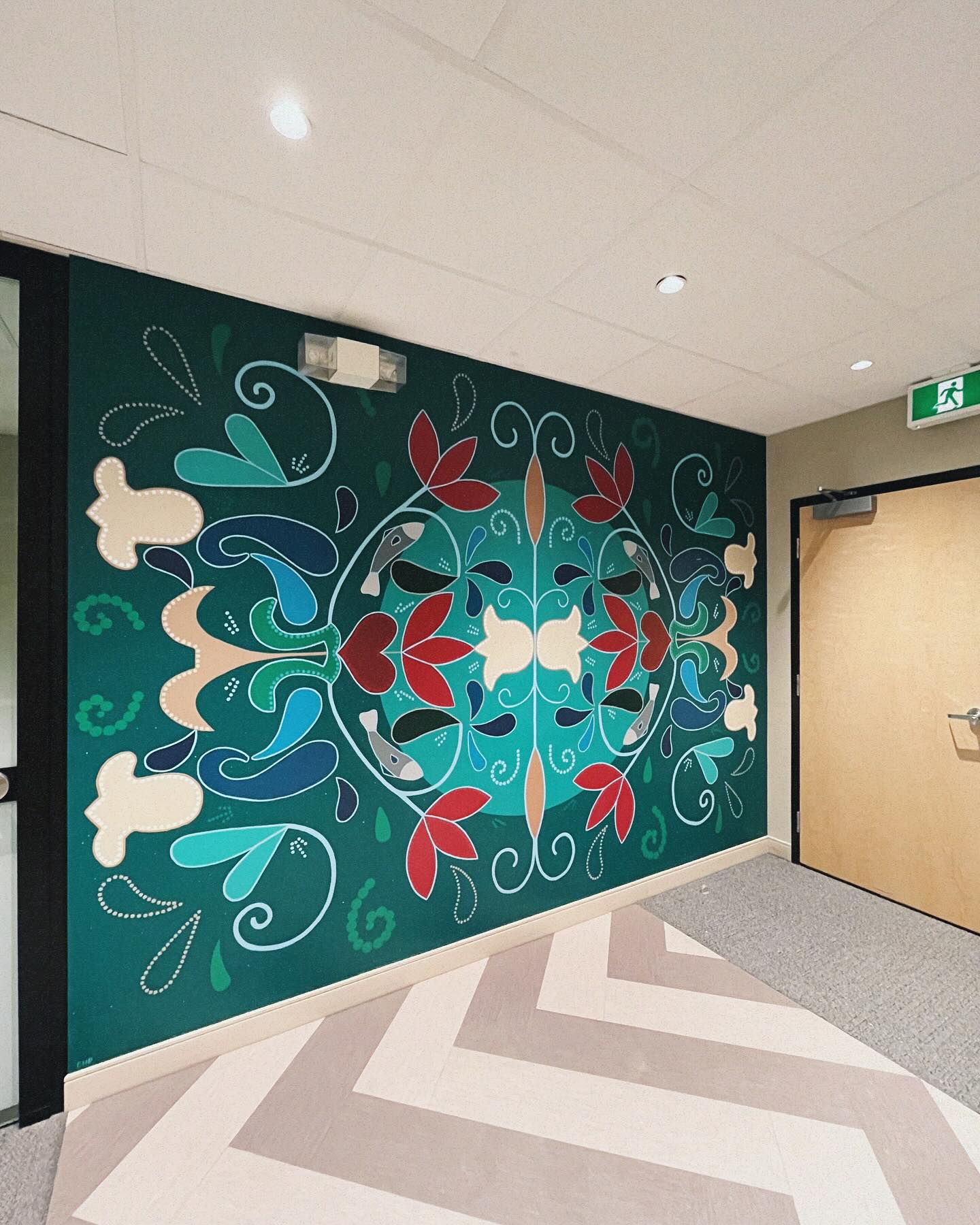
Wolastoqey Tribal Council
"Wolastoqewiyik Nilun (We Are the Wolastoqey Peoples of the Beautiful, Bountiful River)", (2024)
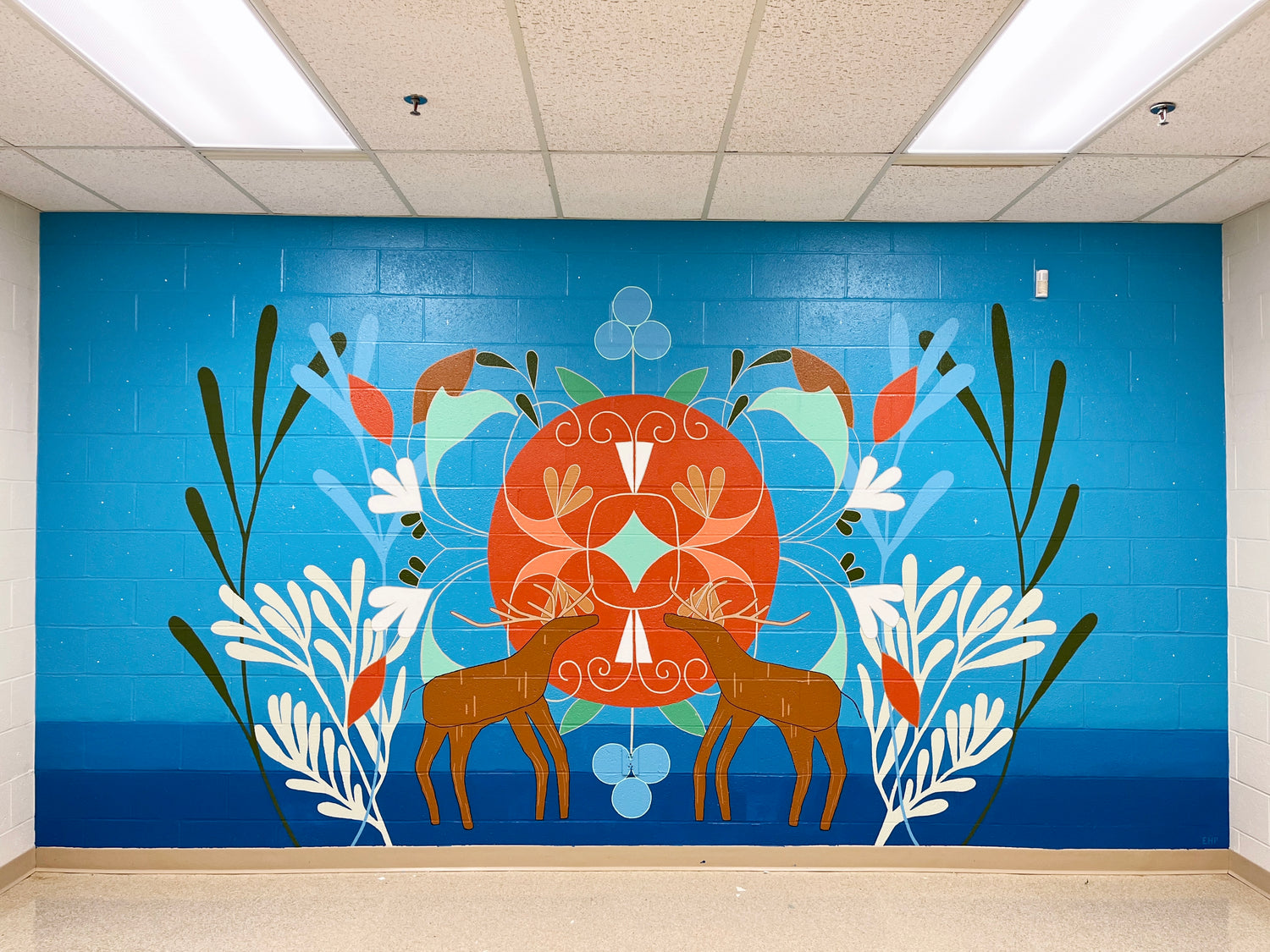
Maritime college of forest technology
Abundance, (2023)
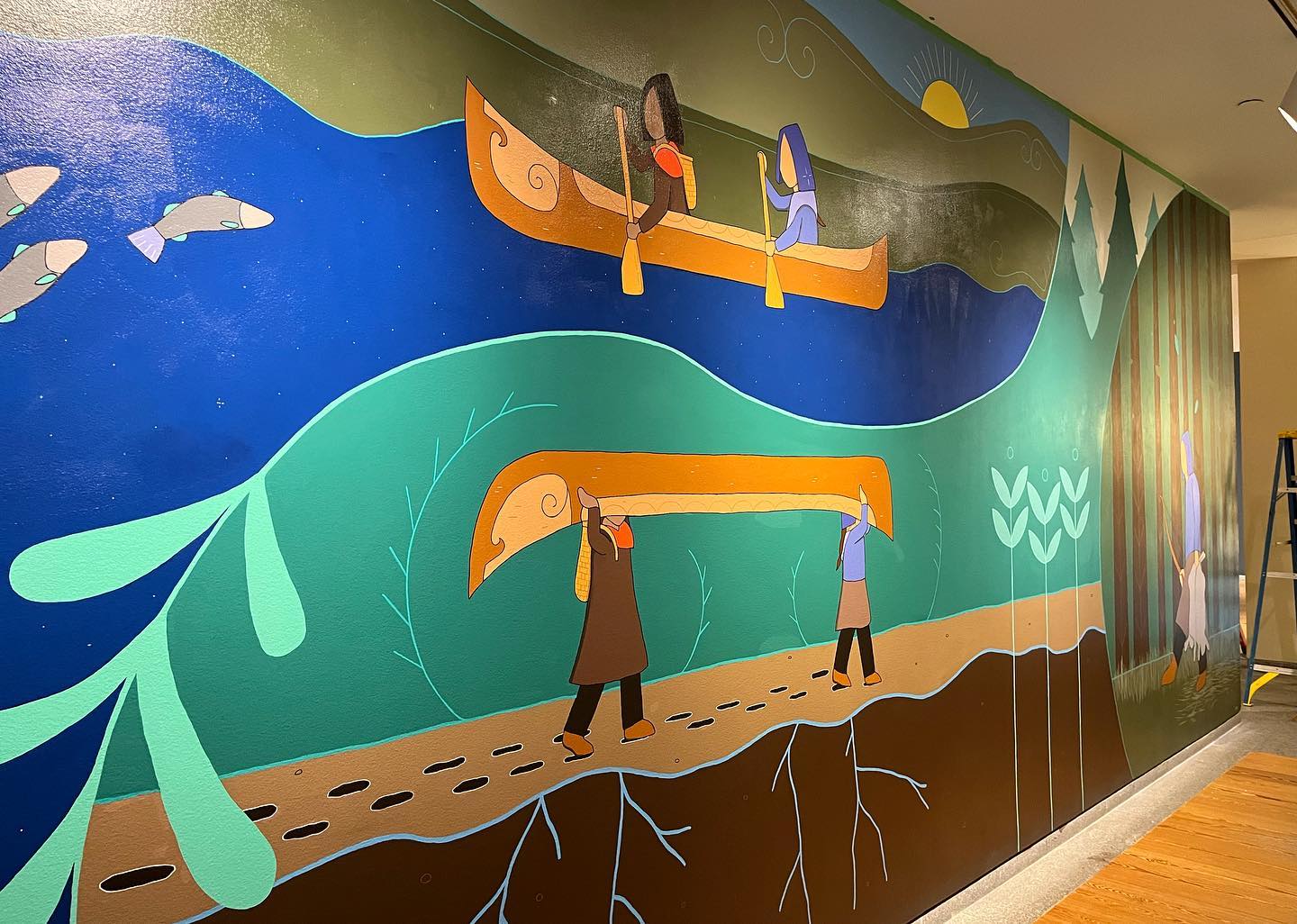
Portland museum of art (me)
Wesuwe-tpelomosu (Self-determination), (2023)
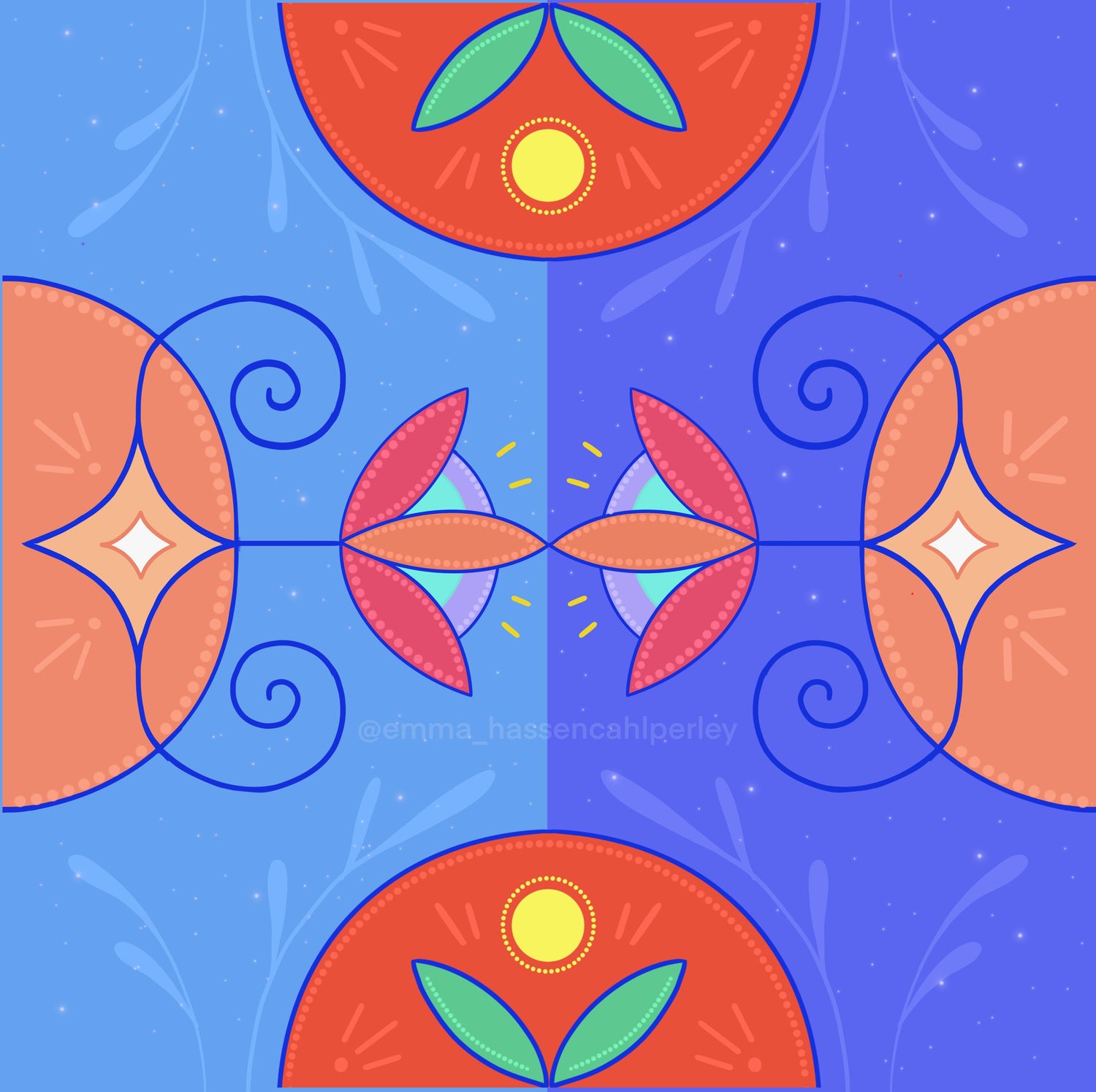
Fredericton high school
Possesomuwihke (there are many stars in the sky), (2023)
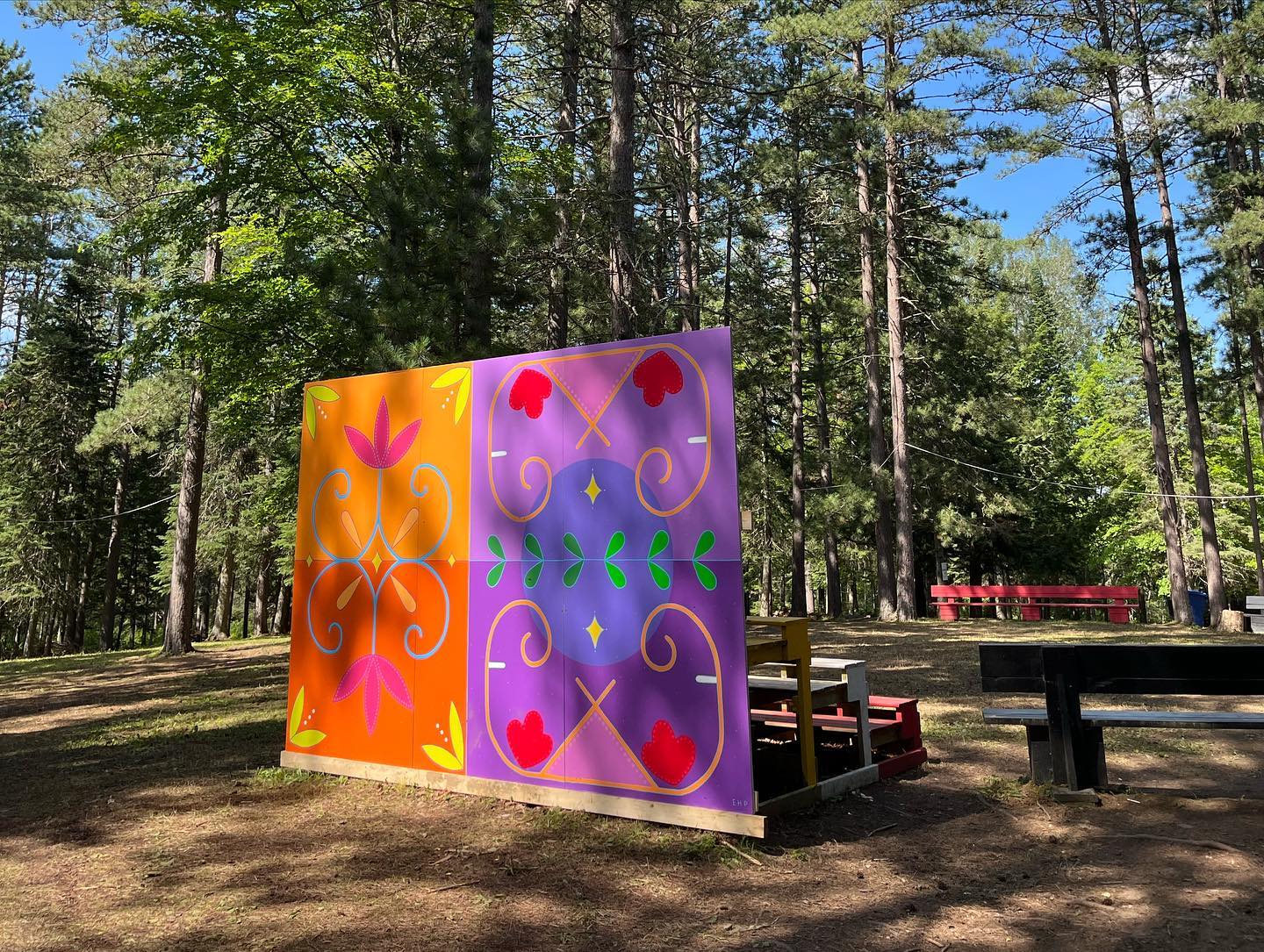
Mudwas Park, Tobique First Nation
Tobique Powwow, (2023)
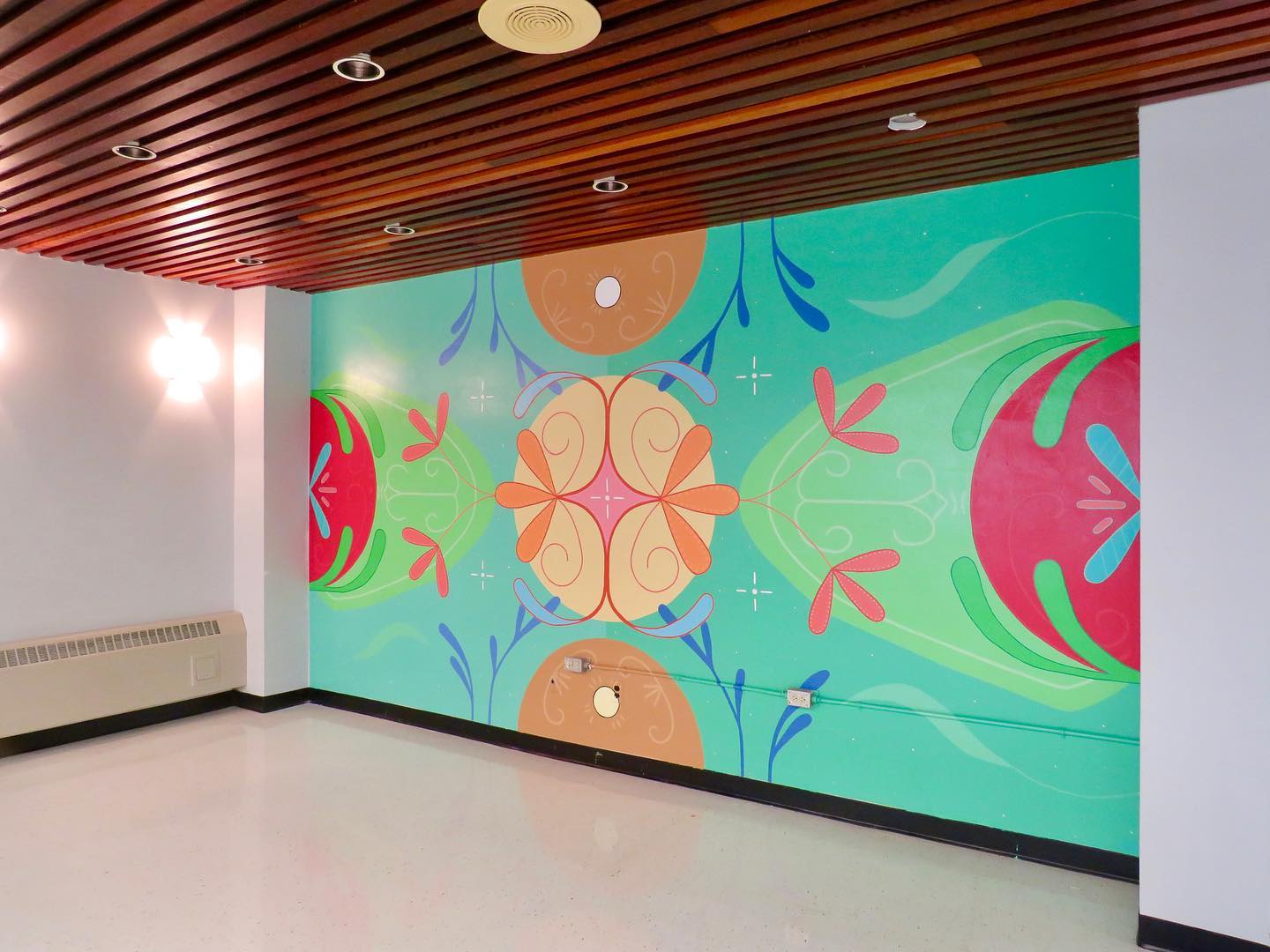
Southern Victoria High School
kcicihtomuwakon (knowledge), (2023)
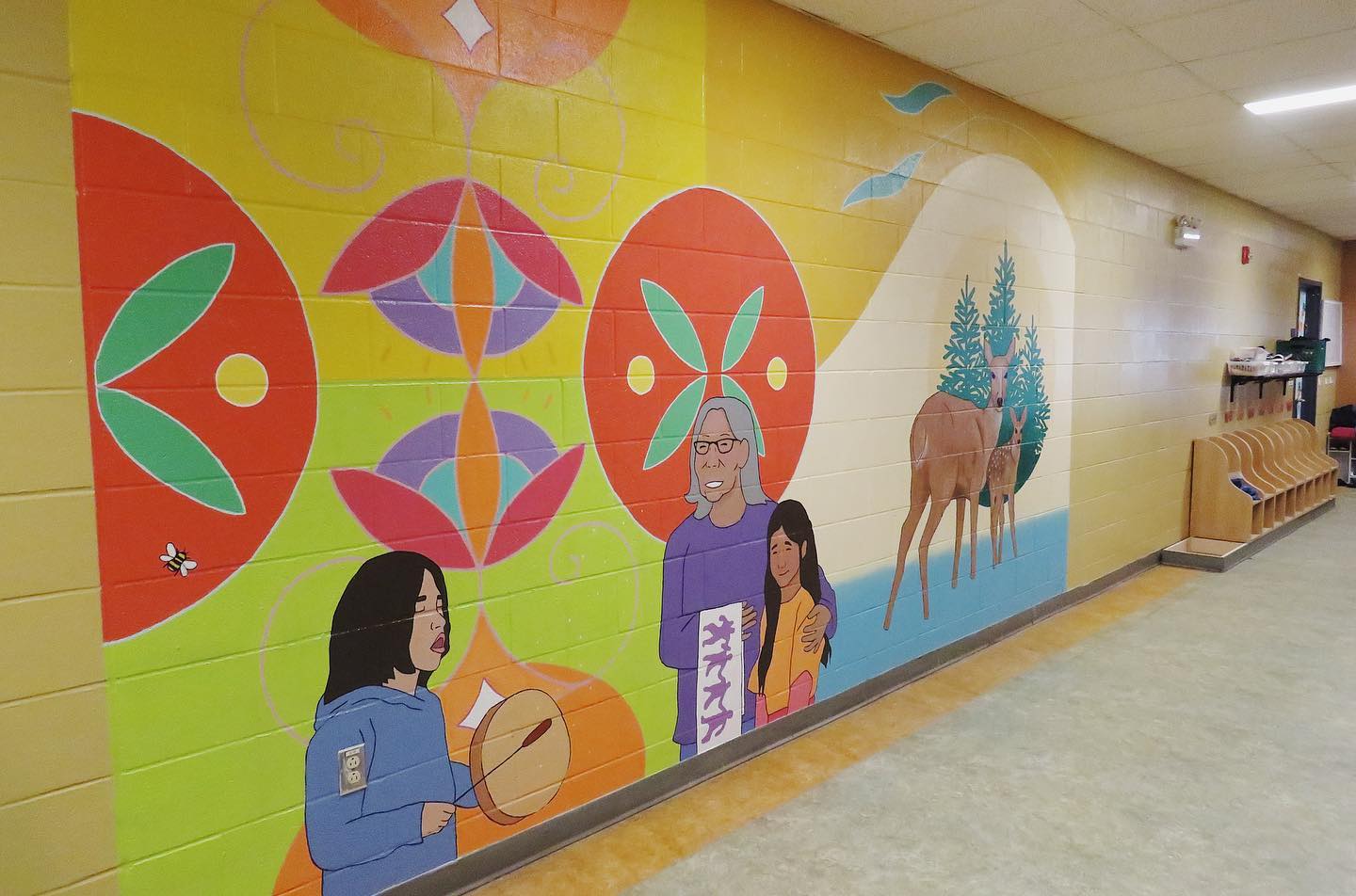
MAHSOS SCHOOL, TOBIQUE FIRST NATION
kakskimuhkahs (iris), (2023)
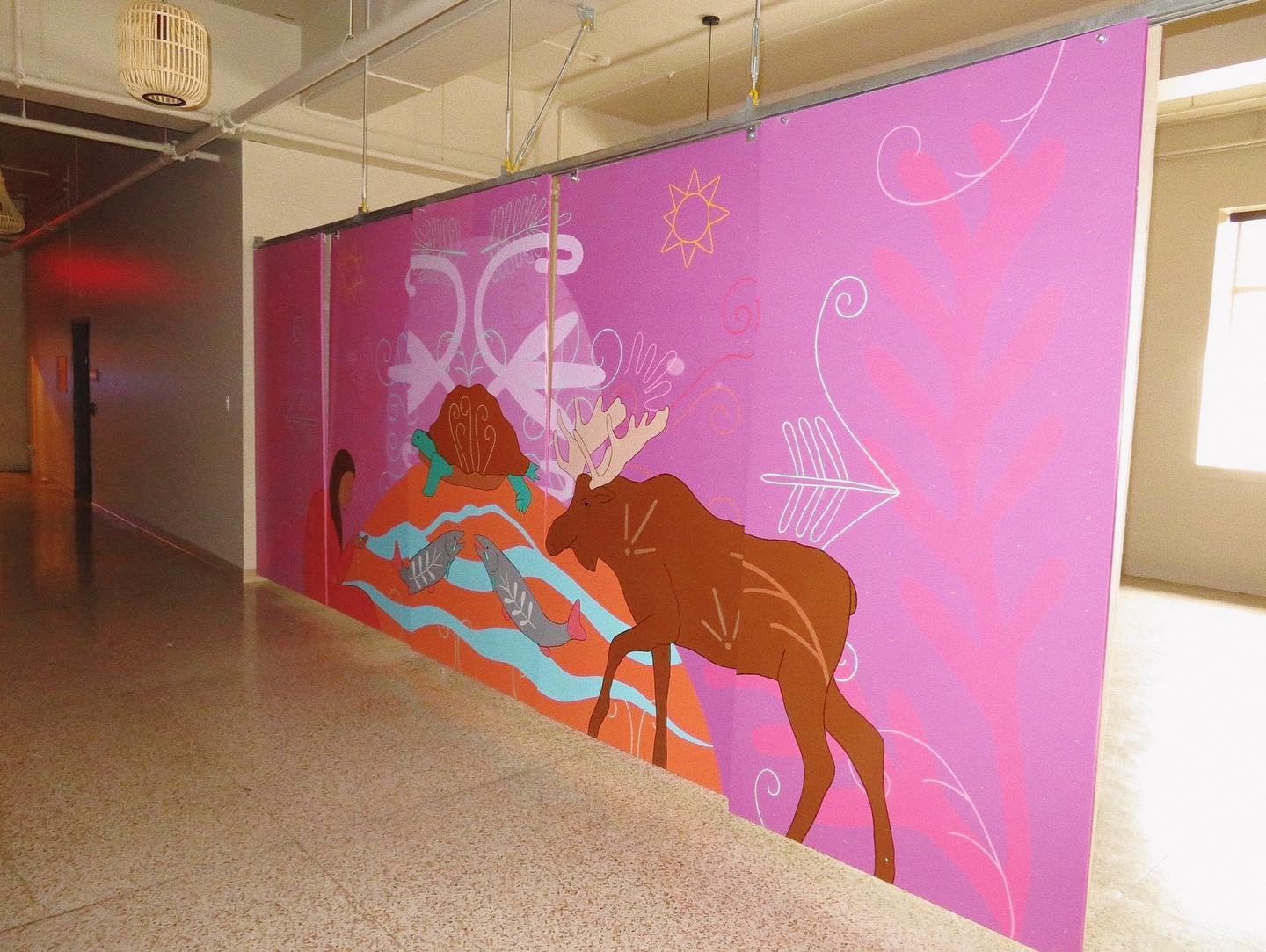
University of Moncton, Edmundston campus
Regenerative Love, (2022)
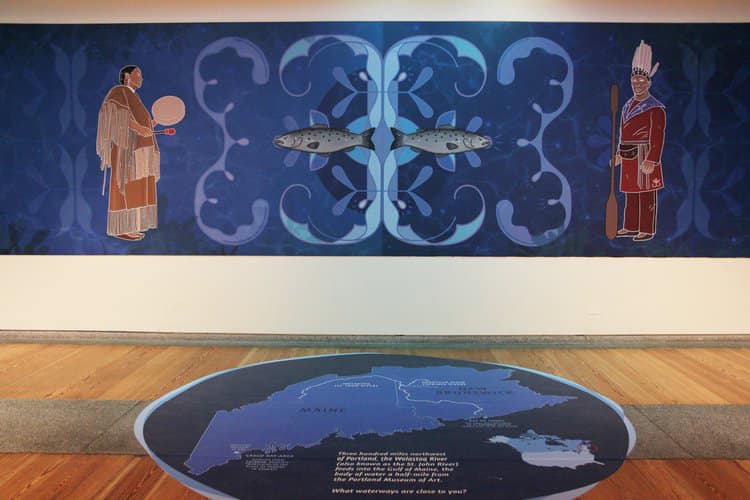
Portland Museum of Art
skitpeq (on the surface of water), (2022)
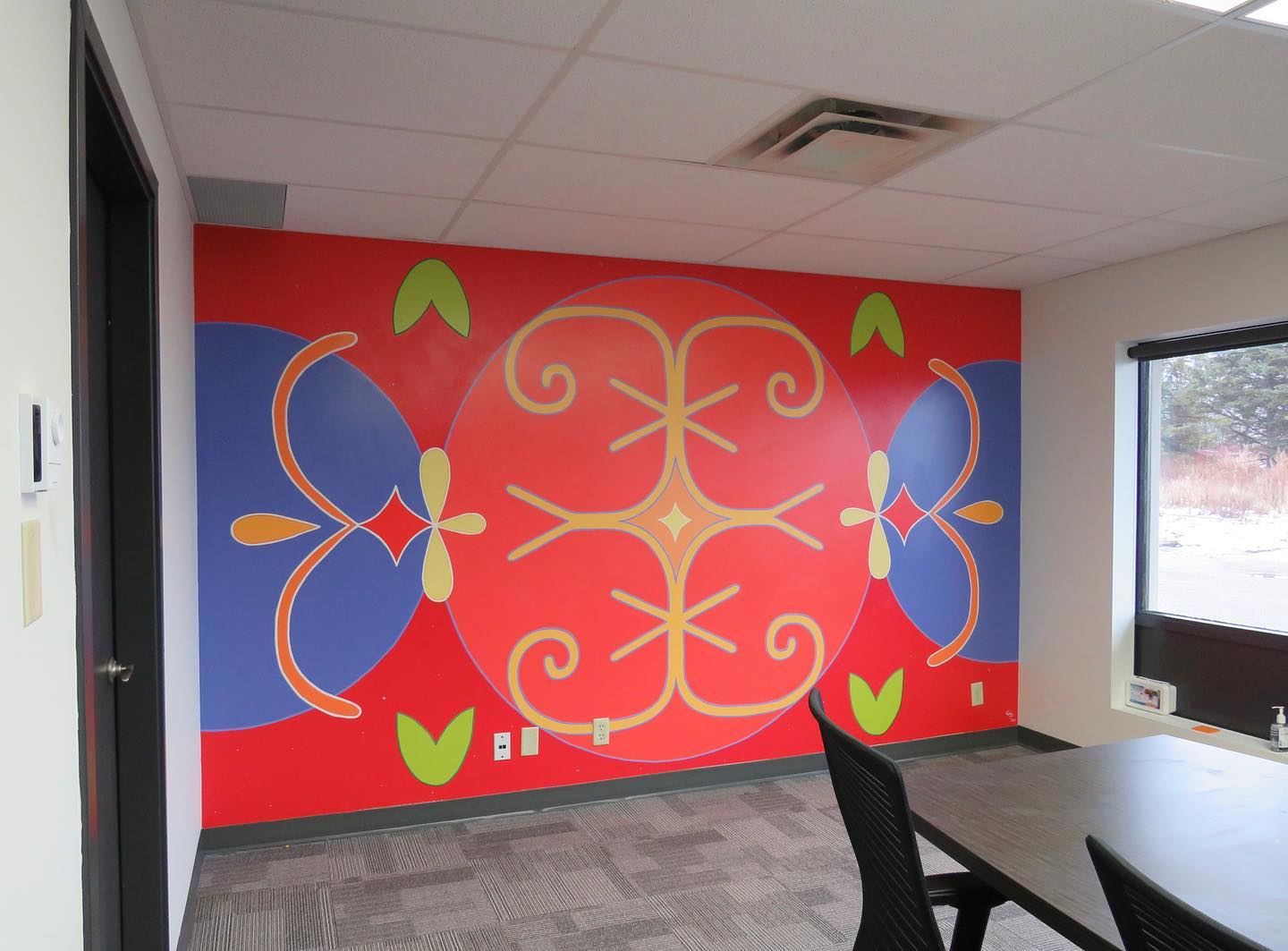
MAWIW INC., Fredericton office
FLOURISH, (2020)
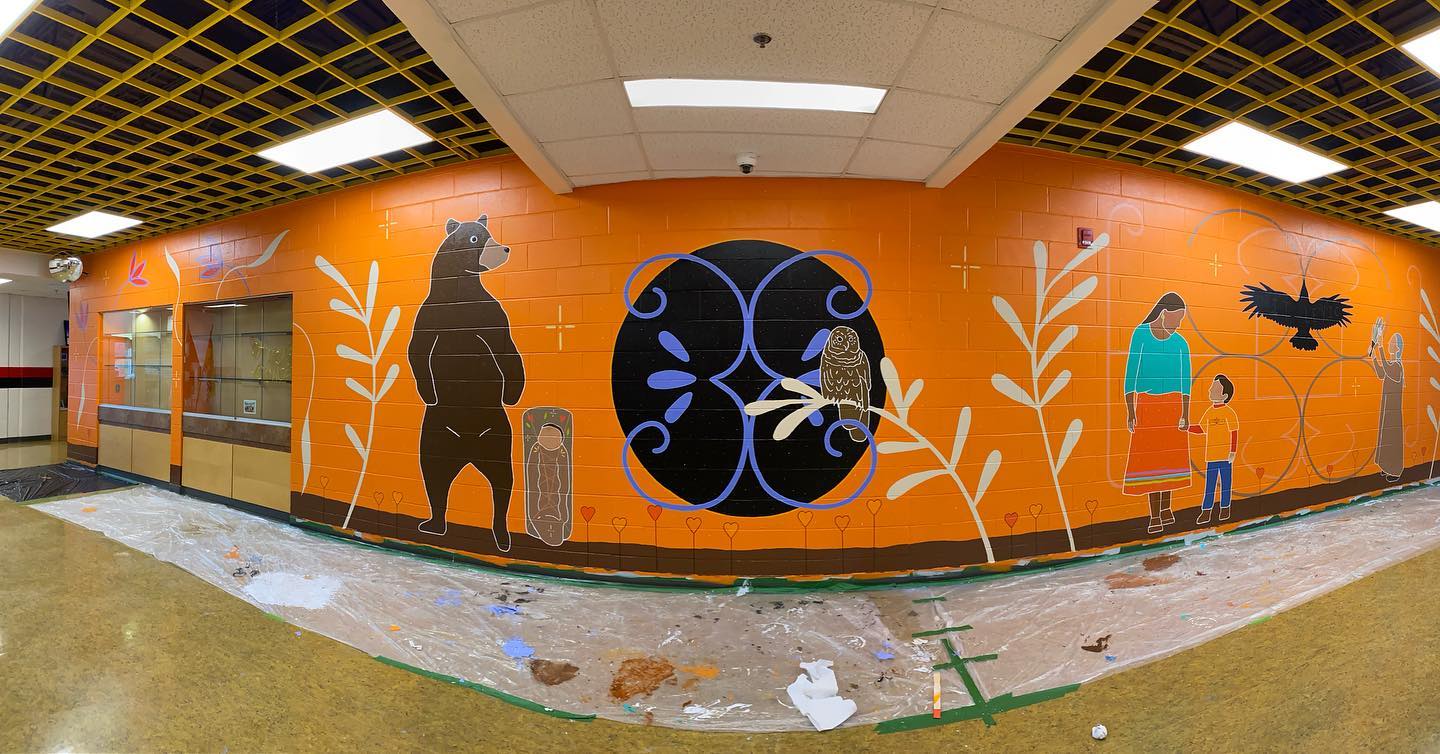
Perth - Andover Middle School
Nit Leyic, 2022
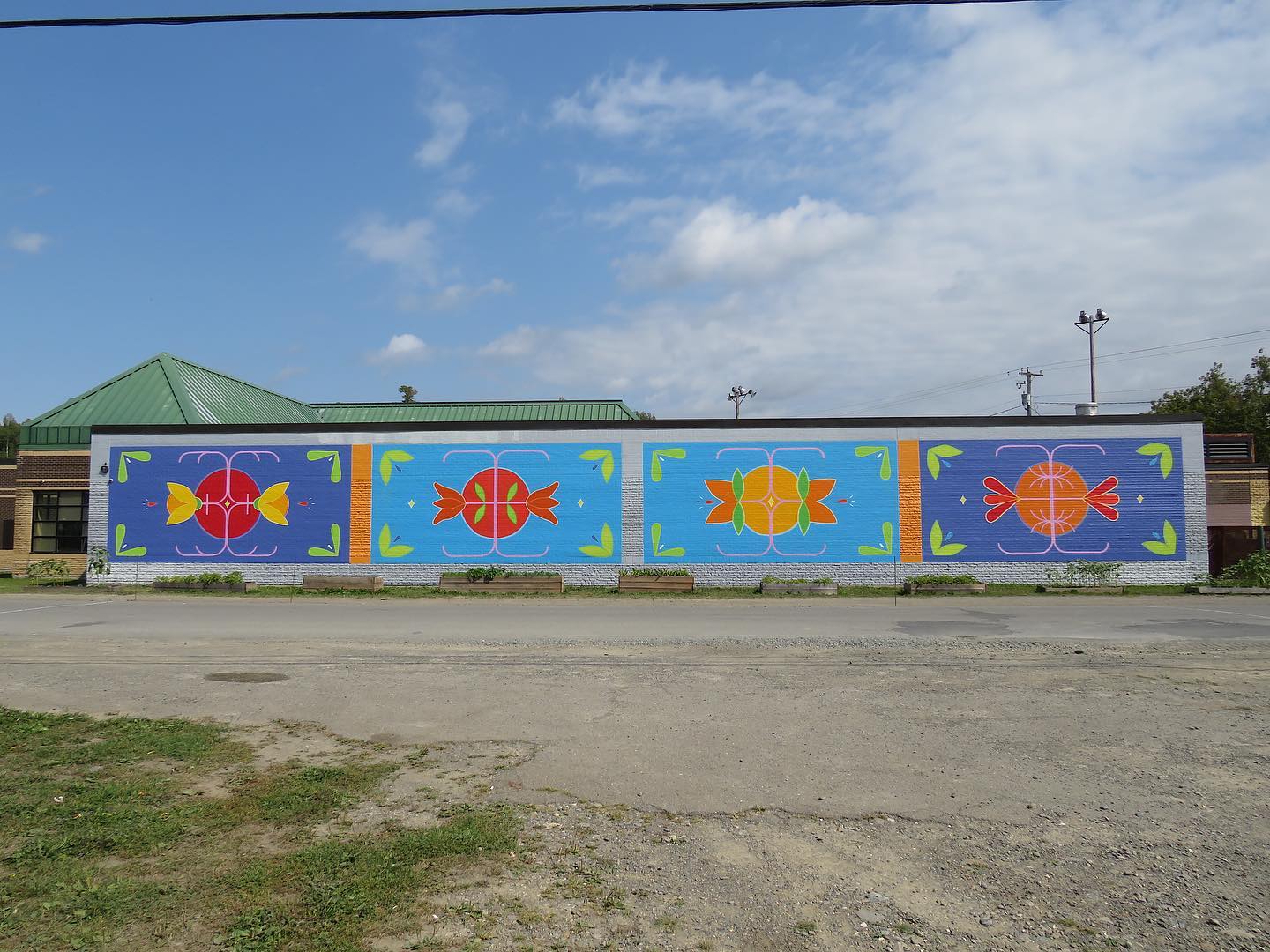
Tobique Youth Center
psqahsuwe (it blooms), 2020

CITY OF FREDERICTON
Wici Kseltomomuwakon (With Love), 2019
Research Projects
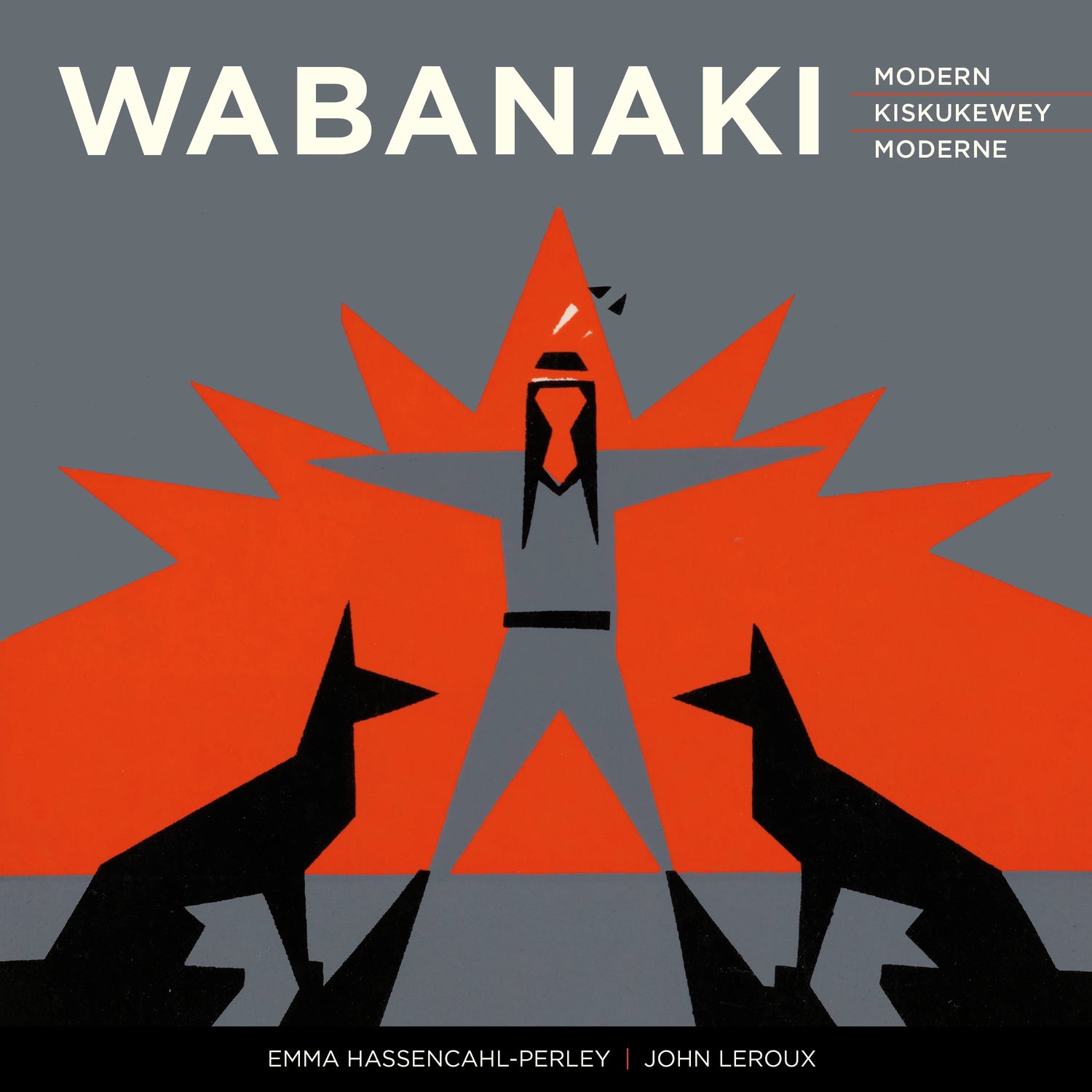
Wabanaki Modern
Winner, Canadian Museums Association Award for Outstanding Achievement (Research) and APMA Best Atlantic Published Book AwardLonglisted, First Nation Communities READ AwardThe story of an overlooked group of cultural visionaries
The “Micmac Indian Craftsmen” of Elsipogtog (then known as Big Cove) rose to national prominence in the early 1960s. At their peak, they were featured in print media from coast to coast, their work was included in books and exhibitions — including at Expo 67 — and their designs were featured on prints, silkscreened notecards, jewelry, tapestries, and even English porcelain.
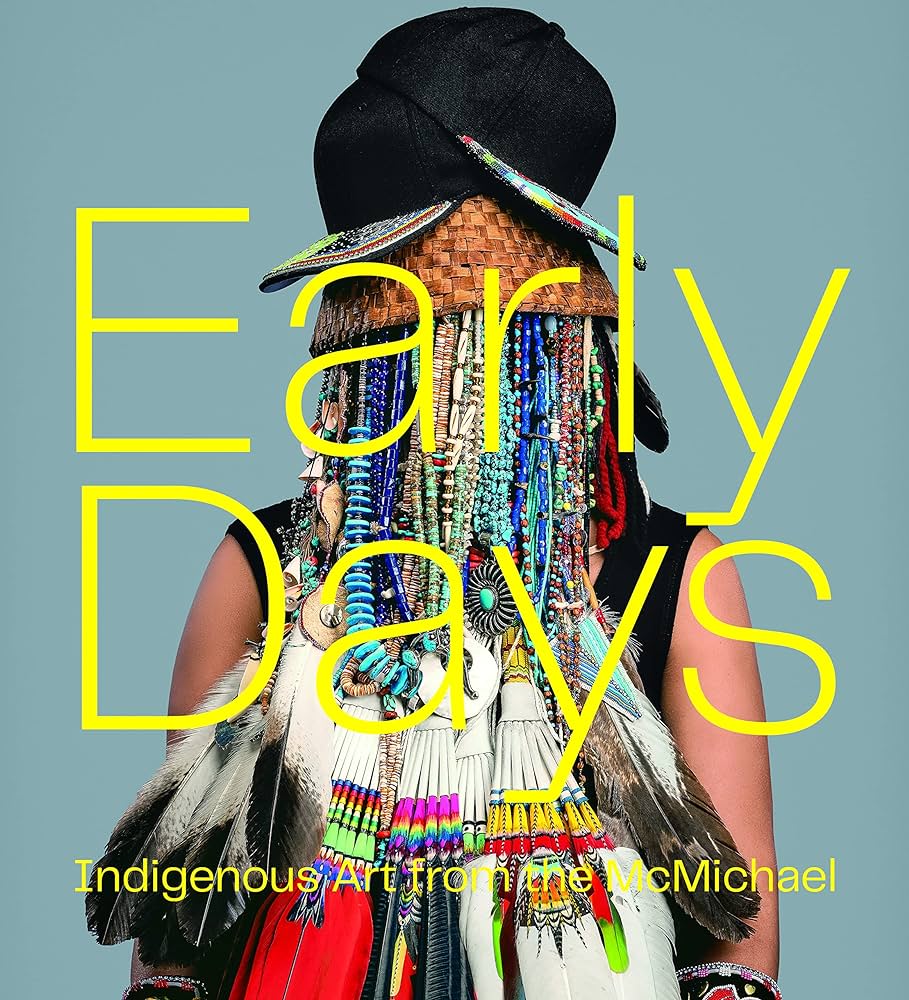
Early Days: Indigenous Art from the McMichael
A landmark publication bringing together more than seventy voices illuminating the rich array of Indigenous art held by the McMichael Canadian Art Collection.
Under the editorial direction of Anishinaabe artist and scholar Bonnie Devine, Early Days gathers the insights of myriad Indigenous cultural stakeholders, informing us on everything from goose hunting techniques, to the history of Northwest Coast mask making, to the emergence of the Woodland style of painting and printmaking, to the challenges of art making in the Arctic, to the latest developments in contemporary art by Indigenous peoples from across Turtle Island.